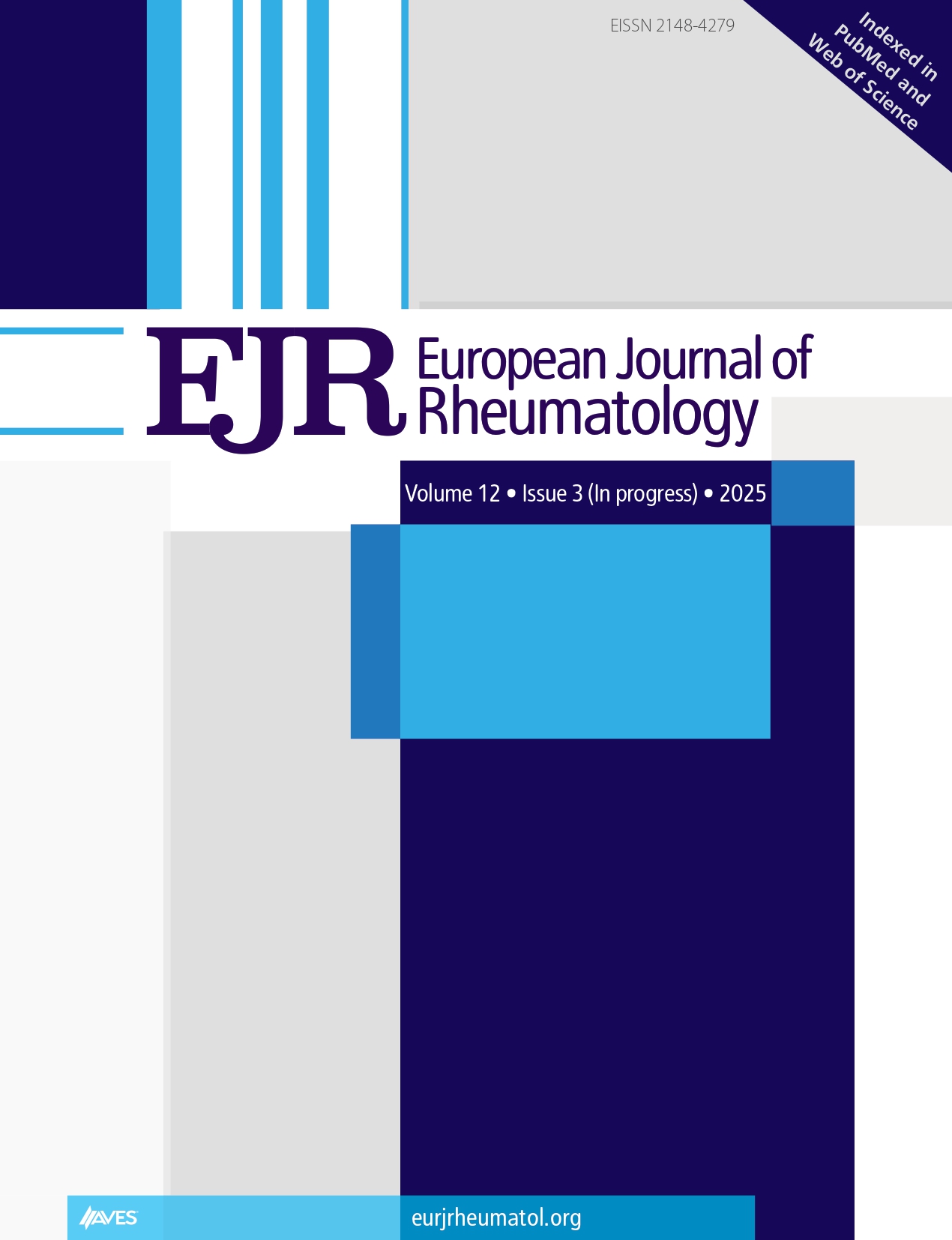
Assessment of Glucocorticoid-Induced Osteoporosis Treatment by Prevailing Guidelines in a Tertiary Care Hospital
Main Article Content
Abstract
Background: Glucocorticoids are the primary drugs used in various disorders across the world. Longterm use of glucocorticoids opens a new Pandora’s box filled with several side effects, especially glucocorticoid-induced osteoporosis (GIOP). Patients with GIOP are seldom given treatment as per guidelines.
Methods: This was a prospective observational study that included patients on glucocorticoids (dose equivalent to ≥ 2.5 mg prednisolone daily for at least 3 months). Fracture Risk Assessment (FRAX) tool scores were calculated for patients above the age of 40 years, and patients were segregated into low-, medium-, and high-risk categories of hip fractures and major osteoporotic fractures (MOPs).
Results: This study included 116 patients, 85 (73.3%) of whom were females. The average dose of prednisolone was 8.39 mg/day. Only 15.5% of patients on glucocorticoids were ever evaluated for glucocorticoid-induced osteoporosis. This study showed that 44.8% and 23.3% of patients had a moderate to high risk of hip fracture and MOP, respectively. Only 7.8% of patients received bisphos phonate treatment.
Conclusion: Glucocorticoid-induced osteoporosis is a prevalent yet neglected malady that acts as a slow knife, adding to the morbidity and mortality risk of an individual. The unchecked use of glucocorticoids in current clinical practice warrants greater concern from clinicians. This study serves as another reminder of the abyss of osteoporosis due to steroid use and how prevalent it is despite the vast amount of existing literature.
Cite this article as: Agrawal KA, Rath PD, Chouhan S, Bisaralli R, Kalyani H, Bhagawati J. Assessment of glucocorticoid-induced osteoporosis treatment by prevailing guidelines in a tertiary care hospital. Eur J Rheumatol. 2025, 12(3), 0046, doi: 10.5152/eurjrheum.2025.24046.

